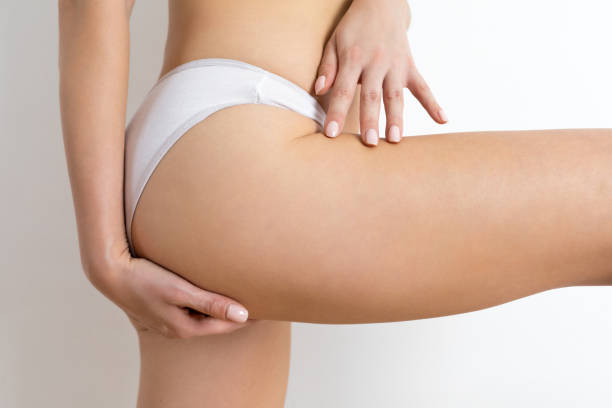Body contouring refers to a variety of cosmetic procedures aimed at reshaping and sculpting the body to improve its appearance. The science behind body contouring depends on the specific technique used, but some common methods include:
- Liposuction: This is one of the most well-known body contouring procedures. It involves the removal of fat deposits from specific areas of the body using suction. The science behind liposuction involves the use of a cannula (a thin tube) to break up and suction out fat cells from beneath the skin. Over time, the body naturally eliminates the fat cells that have been removed.
- CoolSculpting: Also known as cryolipolysis, CoolSculpting works by freezing and destroying fat cells in targeted areas of the body. The science behind CoolSculpting involves the application of controlled cooling to the targeted area, which crystallizes the fat cells. Over the following weeks and months, the body naturally processes and eliminates the damaged fat cells.
- Radiofrequency (RF) treatments: RF treatments use radiofrequency energy to heat the deeper layers of the skin, stimulating collagen production and tightening the skin. This can help to improve the appearance of cellulite and tighten sagging skin in areas like the abdomen, thighs, and arms.
- Ultrasound treatments: Ultrasound body contouring uses ultrasound energy to target and break down fat cells beneath the skin. The disrupted fat cells are then naturally eliminated by the body’s lymphatic system.
- Laser treatments: Laser body contouring procedures involve the use of laser energy to heat and disrupt fat cells, which are then eliminated by the body over time. Laser treatments can also stimulate collagen production, leading to firmer, tighter skin.
The effectiveness and safety of body contouring procedures vary depending on factors such as the specific technique used, the skill and experience of the practitioner, and the individual characteristics of the patient. It’s essential for individuals considering body contouring to consult with a qualified cosmetic surgeon or dermatologist to determine the most suitable treatment option based on their goals and medical history.

Where does the fat go after body contouring?
After body contouring procedures such as liposuction, CoolSculpting, or other fat reduction techniques, the fat cells that have been targeted and removed are processed and eliminated by the body’s natural metabolic processes.
Here’s what typically happens to the fat after body contouring:
- Liposuction: During liposuction, fat cells are suctioned out of the body through a thin tube called a cannula. Once removed, these fat cells do not regenerate. The body’s lymphatic system then works to transport the fat cell debris and fluids away from the treatment area. The fat is ultimately metabolized by the liver and eliminated from the body through natural processes such as urine.
- CoolSculpting: In CoolSculpting, fat cells are targeted with controlled cooling, which crystallizes and damages them. Over time, the body’s immune system recognizes these damaged fat cells as waste and gradually removes them. The dead fat cells are broken down and processed by the body’s lymphatic system, and eventually, the remnants are excreted through urine and feces.
- Other techniques (RF, ultrasound, laser): With radiofrequency (RF), ultrasound, and laser body contouring techniques, the targeted fat cells are typically disrupted or destroyed through heat or energy. Like with CoolSculpting, the body then recognizes these damaged cells as waste and gradually eliminates them through the lymphatic system. The fat cell debris is metabolized and eventually expelled from the body.
In all cases, the fat cells that are removed during body contouring procedures do not come back. However, it’s essential to maintain a healthy lifestyle with proper diet and exercise to prevent remaining fat cells from expanding and to maintain the results of the body contouring treatment.
